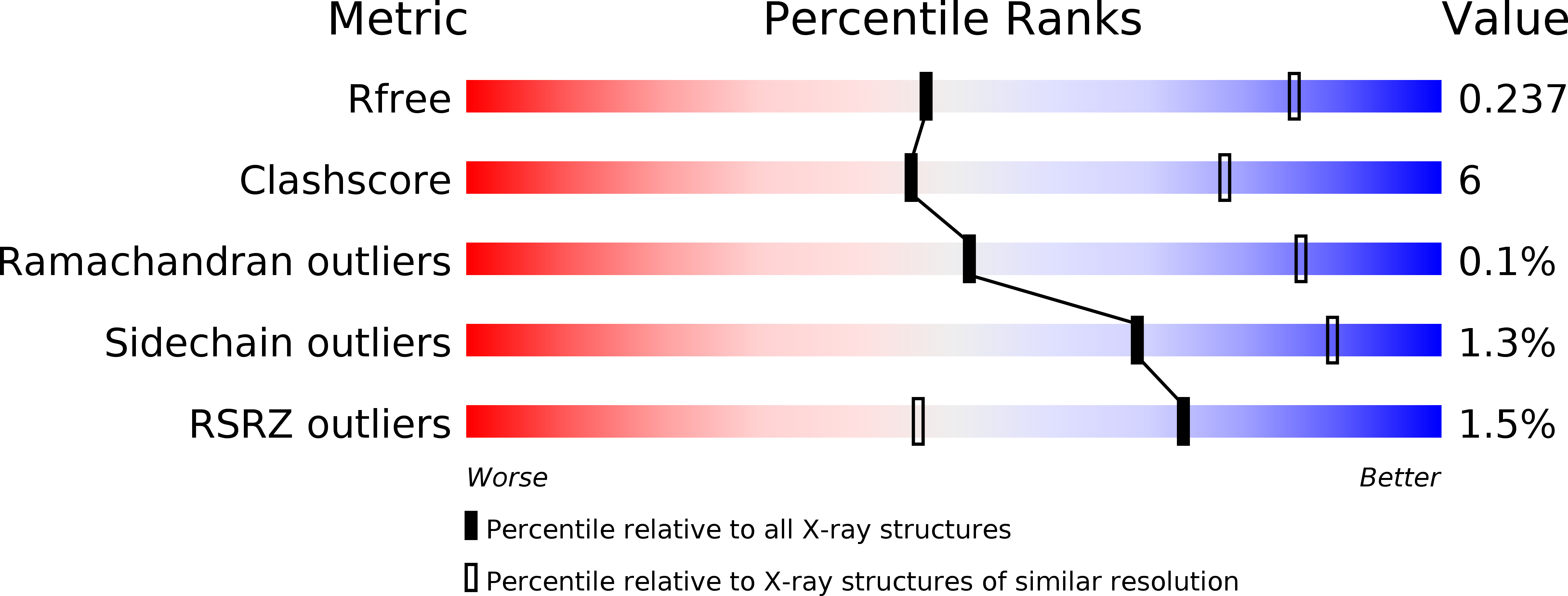
Deposition Date
2012-08-02
Release Date
2012-09-19
Last Version Date
2024-11-20
Entry Detail
PDB ID:
4B56
Keywords:
Title:
Structure of ectonucleotide pyrophosphatase-phosphodiesterase-1 (NPP1)
Biological Source:
Source Organism:
MUS MUSCULUS (Taxon ID: 10090)
Host Organism:
Method Details:
Experimental Method:
Resolution:
3.00 Å
R-Value Free:
0.23
R-Value Work:
0.20
R-Value Observed:
0.20
Space Group:
P 21 21 21


